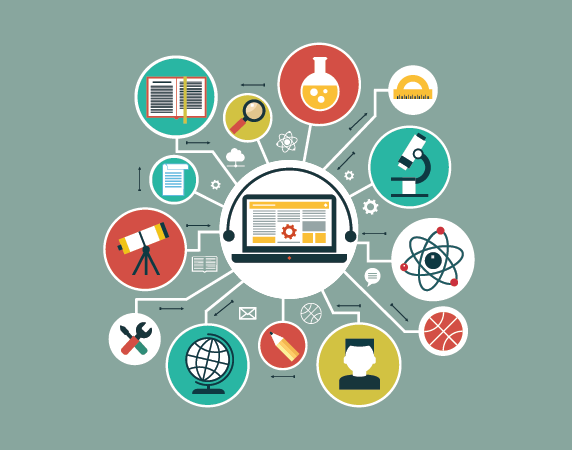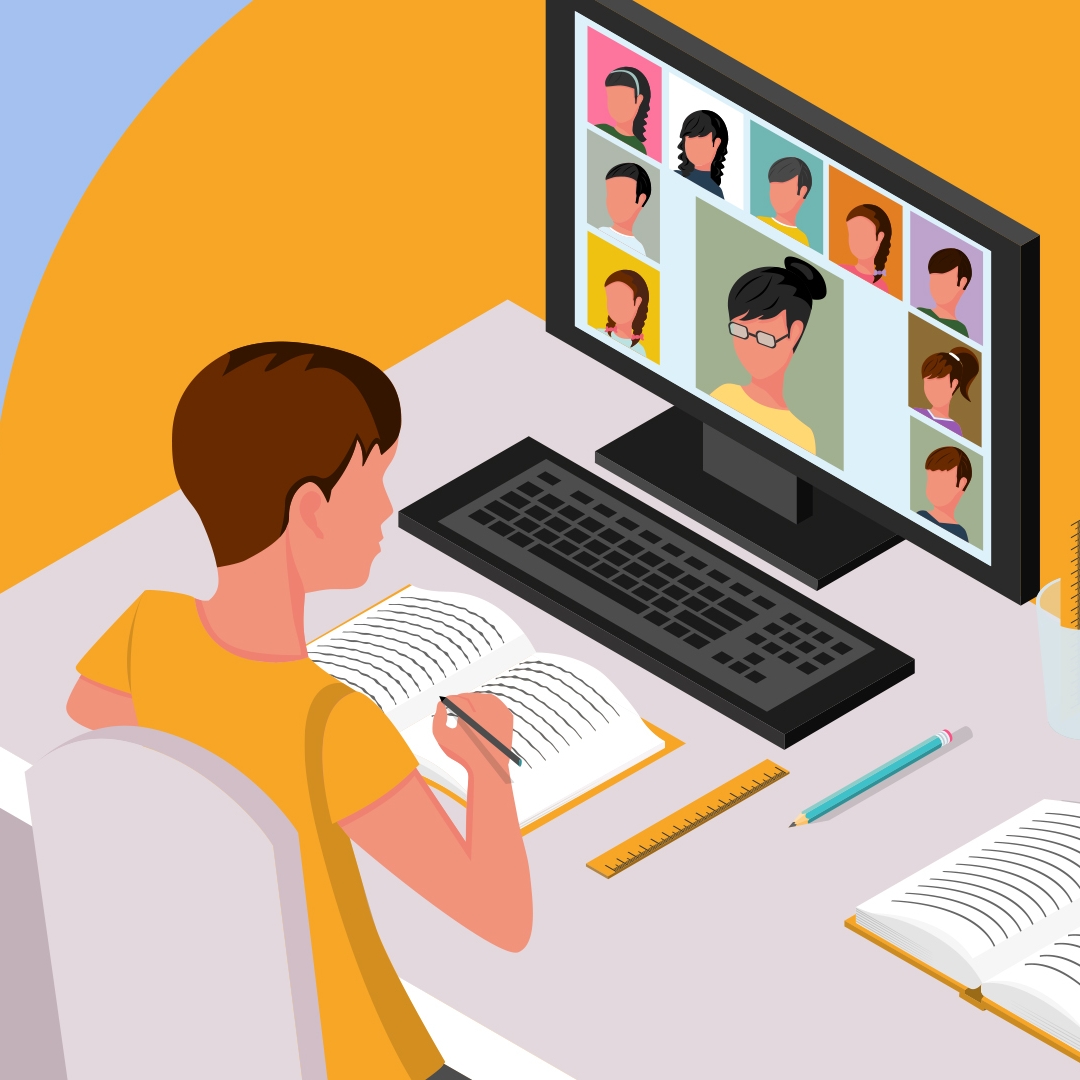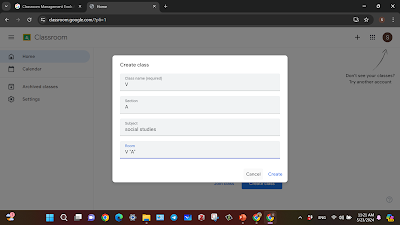Embracing Communicative tools in Education

Today, in a rapidly changing world, effective communication lies at the heart of every successful project. Education is no exception to this rule. It is essential for the smooth functioning of educational institutions to be able to foster clear, efficient, and timely communication. There is no doubt that communication tools play a very significant role in schools in this era of information technology.
Communication tool is described as mass, visual and electronic media such as social media, radio, internet, journal, web sites, which provide informing of participants about agenda and news.
Reflecting on my learning experiences with communicative tools, I have realized just how crucial they have been in shaping and developing today's education system. One striking difference between the traditional education system and the modern one is the presence of communication tools, which have effectively eliminated many of the barriers to learning.
As I think back, I see how these tools have brought about significant changes. One major shift is the move from a teacher-centered approach to a learner-centered one. This means that students now have more control and responsibility over their own learning, making the process more engaging and interactive. Communicative tools have empowered learners to access information and resources independently, fostering a more personalized educational experience.
Another important change is how these tools have addressed issues of time and place. With synchronous communication tools, like video conferencing, students can engage in real-time interactions regardless of their location. Asynchronous tools, such as discussion boards and recorded lectures, allow learners to access and contribute to educational content at their own pace. This flexibility has made learning more accessible and adaptable to individual needs and schedules.
The accessibility of education has been greatly enhanced by the internet and communicative tools. Students from all over the world, even those in remote areas, can now access quality education. As strongly stated by Marshal McLuhan "The new electronic interdependence recreates the world in the image of a global village." Today, the Web is often seen as the medium that most closely joins people throughout the globe, allowing anyone with an internet connection to know what is going on around the world with the click of a mouse and to communicate with individuals and groups of people in far away places. The availability of these tools has turned McLuhan's idea into a reality, making education more inclusive and widespread.

In reflecting on these changes, I see how communicative tools have not only broken down barriers but also created new opportunities for learning and collaboration. They have played a vital role in transforming education into a more flexible, accessible, and learner-centered system. This realization underscores the importance of continuing to embrace and innovate with these tools to further enhance education for everyone.
How to implement Communicative tools in classroom?
Implementing communicative tools in the classroom has a significant impact on both teachers and students. With these tools, students can access class assignments, participate in group discussions, and take quizzes, while teachers can assess student work at any time. To leverage these benefits, I created a Google Classroom for my class.
Reflecting on the creation of my Google Classroom has significantly increased my confidence and enthusiasm in my teaching career. It has made various tasks more manageable and resources more accessible at our fingertips. To delve deeper into Google Classroom's features, I invited some of my friends to join, assigned a few assignments, conducted quizzes, and posted relevant notes and videos to make the experience more interactive. Using tools like Google Classroom has made teaching and learning more enriching, interactive, and inclusive. Students can interact with the material and each other more effectively, and teachers can provide timely feedback and resources, making the overall educational experience better for everyone.
Steps to create google classroom
- Go to classroom.google.com
2. Sign in with your google account or email account
3. choose as teacher option
4. Enter the class name, subject, and a description of the class and Click Create.









Comments
Post a Comment